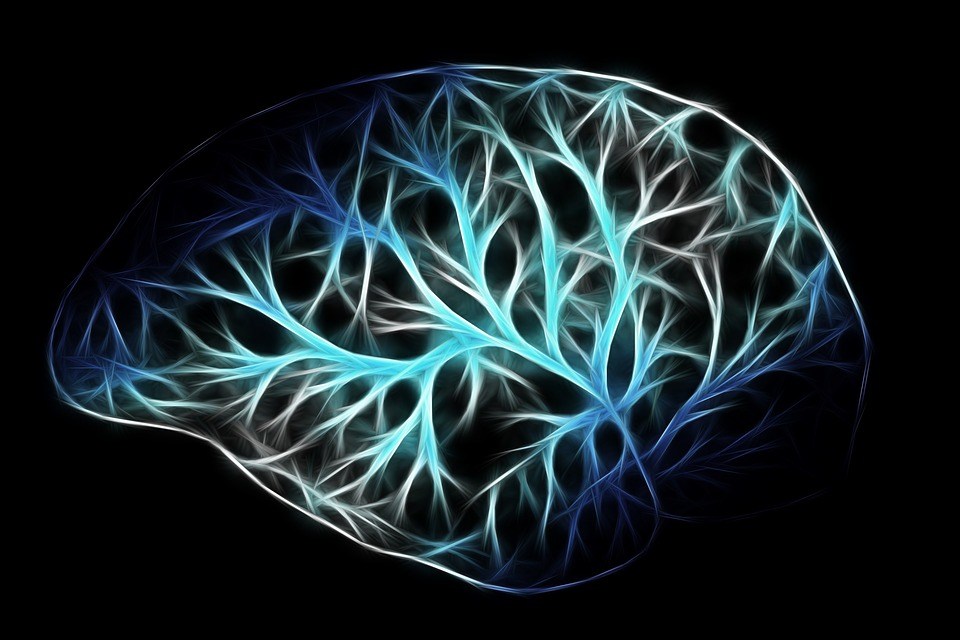In order for THC to provide all the health benefits it does, it needs to leave the bloodstream and make its way into the brain. It’s a complicated process, but science has a solid understanding of how it works.
The blood-brain barrier
Once THC has been consumed and is circulating in your bloodstream, it has to cross the blood-brain barrier in order to gain access to the brain. As its name implies, the blood-brain barrier is a system that separates the blood from brain tissue. Molecules such as THC are able to pass through this barrier through gaps between the endothelial cells in capillaries. The specialized endothelial cells of the brain capillaries, however, are bound tightly together and block most substances from reaching the brain.
If a molecule is not lipophilic enough – lipophilic meaning it tends to combine with or dissolve in fats – then the blood-brain barrier will not allow it to cross the cell membrane. THC is very lipophilic, however. So, while the barrier may slow down THC’s transference to the brain, it does find a way through.
Not all THC makes it through the blood-brain barrier
Although THC is lipophilic enough to make it across the blood-brain barrier and into the brain, not all the THC you consume makes it this far. One reason this is the case is that THC in the bloodstream is highly bound to plasma proteins, such as albumin, leaving only around 3% of THC free to transfer into the brain.
There are also special proteins in the blood-brain barrier that can affect how THC accesses the brain. These proteins are called drug transporters, and they have the ability to take molecules from one side of a membrane to the other. In the blood-brain barrier, they can recognize a wide range of molecules and pump them from inside the endothelial cells back out into the blood.
The two drug transporters that can recognize THC are called P-gp and BCRP, and they have the ability to limit the amount of THC that reaches the brain. In fact, different genetic variants of the P-gp transporter in humans may affect your risk of cannabis dependence.
How Much THC Gets Into Your Brain?
It’s difficult to know exactly how much THC makes it from the bloodstream into the brain. But we can have a good guess. When we look at the brain-to-blood ratio of THC levels in animals, we get fairly consistent results. For mice the ratio is 1.6, in rats it’s 2, and in pigs 2.6.
This gives us a good place to start when estimating the ratio in humans. Also taking into account the fact that cannabinoids have been measured in the tissues of cadavers, in which the average brain-to-blood ratio was 3, we can assume, based on all available data, that this figure is close to the mark.
More THC in your brain than your blood
So it appears that THC levels are several times higher in your brain than in your blood. But why? This is likely because your brain consists of very fatty tissue, and as THC is highly lipophilic, it makes sense that a high amount of the cannabinoid would settle in the brain.
How Fast Does THC Reach Your Brain?
The speed at which THC reaches your brain depends on a few things. Most decisively is the method of consumption. If you choose to smoke your cannabis, THC will be absorbed almost immediately from your lungs into your bloodstream before being pumped toward the brain. All this takes a matter of minutes.
When you consume your THC via an edible, however, there is a delay in the cannabinoid reaching the brain. This is due to the fact that food containing THC has to be broken down and digested in the stomach before the THC can be released into the bloodstream. Nevertheless, once in the bloodstream, THC will enter the brain fairly quickly.
How long until the effects of THC are felt?
Once THC is in your blood, the psychoactive effects are felt within minutes, peaking at around 15 minutes. This is despite the fact that plasma THC levels are falling by this time. This shows that there is a delay in THC reaching your brain relative to the levels in your blood.
This delay is even more pronounced when THC is consumed via edibles, which makes sense given the slow absorption rate of THC in the GI tract.
Is the THC in edibles ‘stronger’?
When it comes to consuming THC via edibles, although the effects take longer, many report that the effects are a lot more pronounced. And there may be some truth to this.
11-hydroxy-THC ( 11-OH-THC) is a metabolite that is not found naturally in cannabis but is formed within the human body after THC is ingested. When you consume cannabis in the form of an edible, a high amount of THC is metabolized in your body into 11-OH-THC thanks to enzymes that are present in your GI tract.
It is thought that 11-OH-THC made in your body permeates the blood-brain barrier quicker and more efficiently than THC, as this study suggests. This may, therefore, make the effects of THC consumed via edibles feel stronger than when the same amount is smoked. This makes edibles an attractive application method in the medicinal use of THC.
What about other cannabinoids?
All cannabinoids have a pretty similar structure, including the ones made in our own bodies (endocannabinoids), so it is safe to assume that most cannabinoids can access the brain. Researchers have found cannabinoids such as cannabinol (CBN) and cannabidiol (CBD) in human brain tissue.
Researchers have also been able to detect the carboxy metabolite of THC (THC-COOH), indicating that other acid forms of cannabinoids, like tetrahydrocannabinolic acid (THCA) and cannabidiolic acid (CBDA), may also be able to enter the brain. Another study, on mice this time, found that tetrahydrocannabivarin (THCV), cannabivarin (CBDV), and cannabigerol (CBG) are also able to penetrate the blood-brain barrier.
[Image credit- Pixabay]








